Discover how our homestead sustains a large family with homegrown vegetables, farm-raised meat, and homemade staples. Learn the benefits of raising your food and practical tips for planning and preserving your harvest.
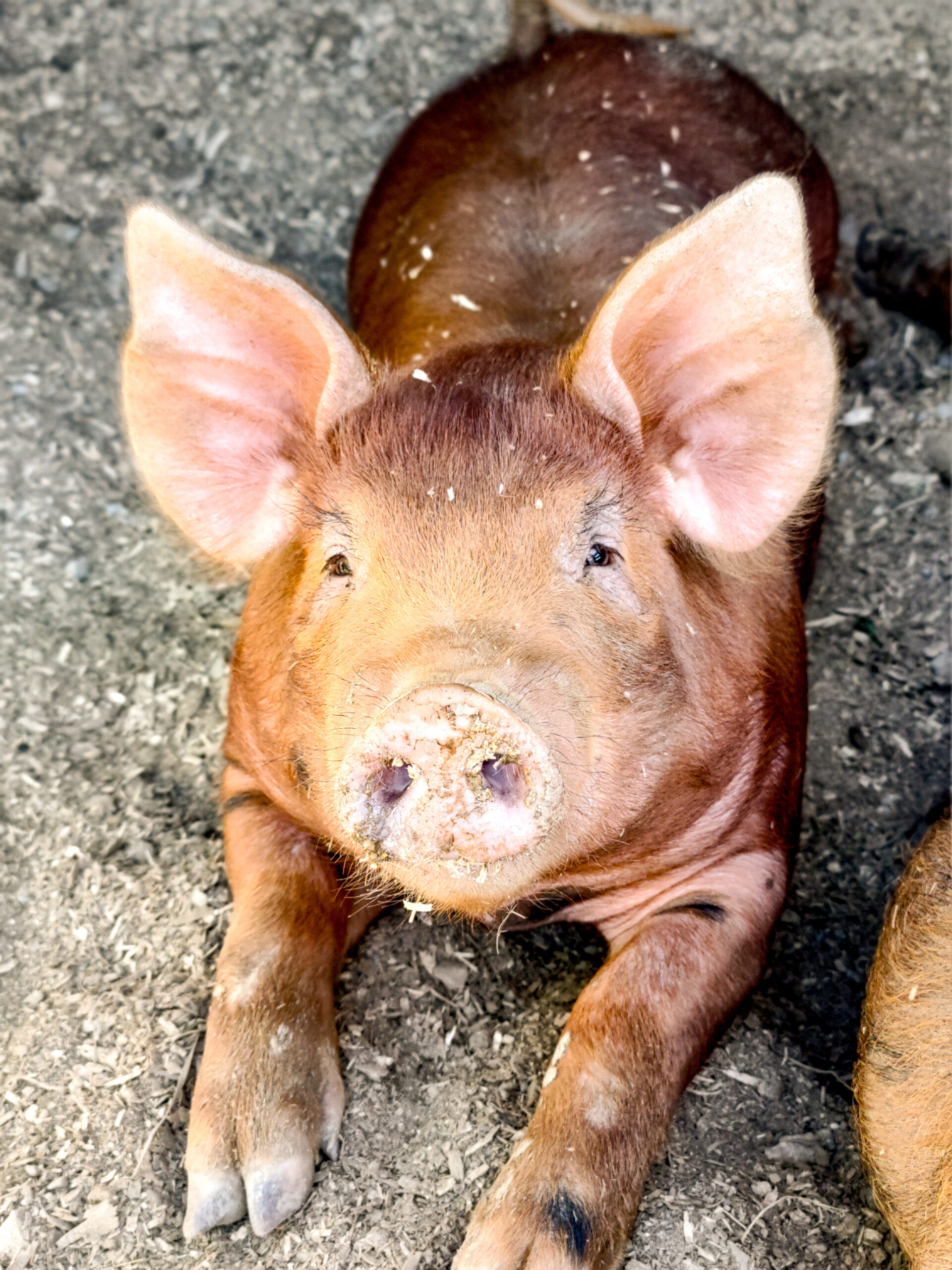
Embracing the unique homesteading lifestyle on our farmstead, we, as a large family, find joy in the self-sufficient task of raising our protein and cultivating our vegetables. This distinctive way of life ensures the freshness and healthiness of our food and imparts the values of hard work and sustainability to our children.
Here's a glimpse into our challenging yet enriching journey on our homestead, which began in 2008. We feed a large family by raising our meat, growing a year's produce, and preserving our harvest to try to live away from the mainstream grocery stores.
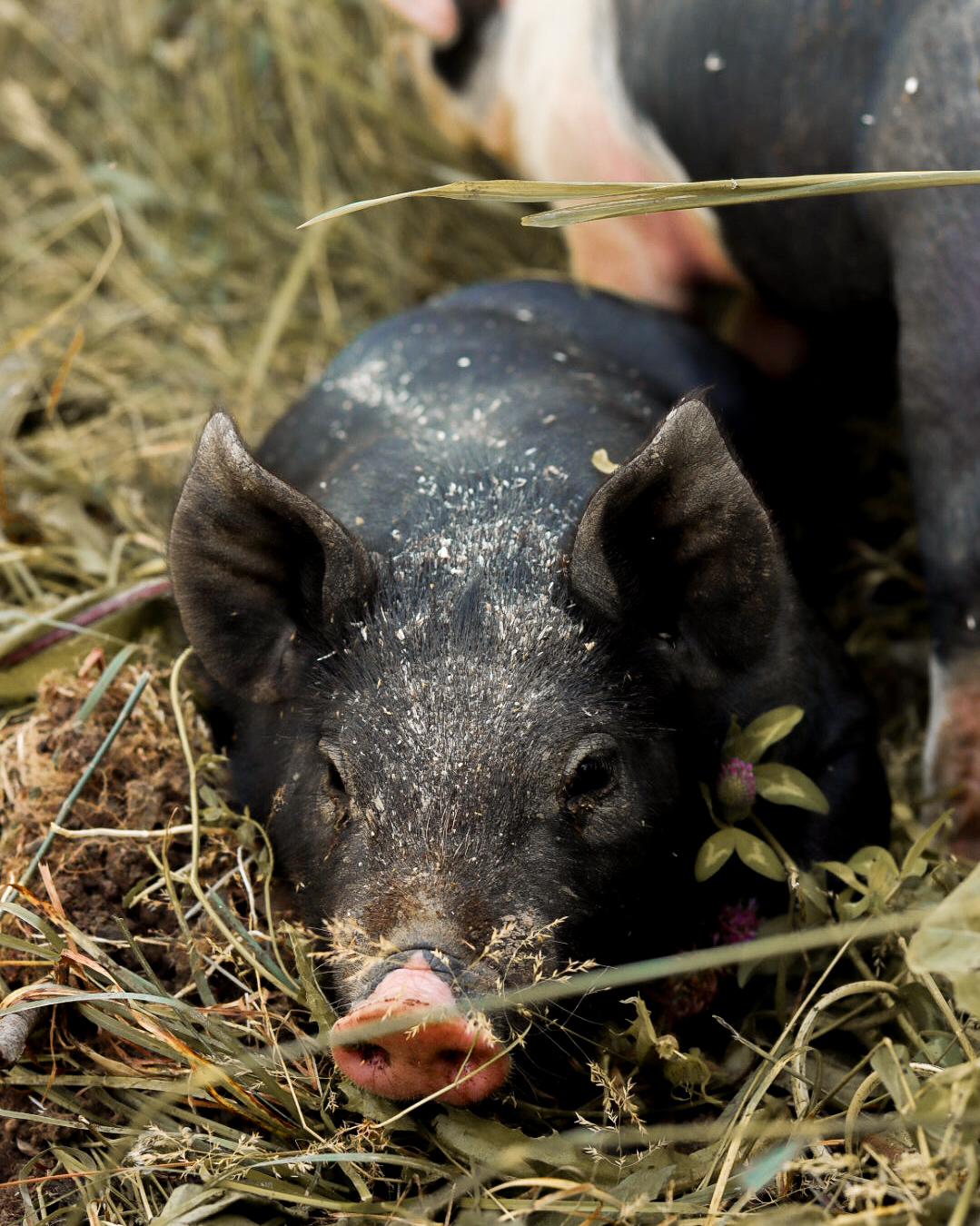
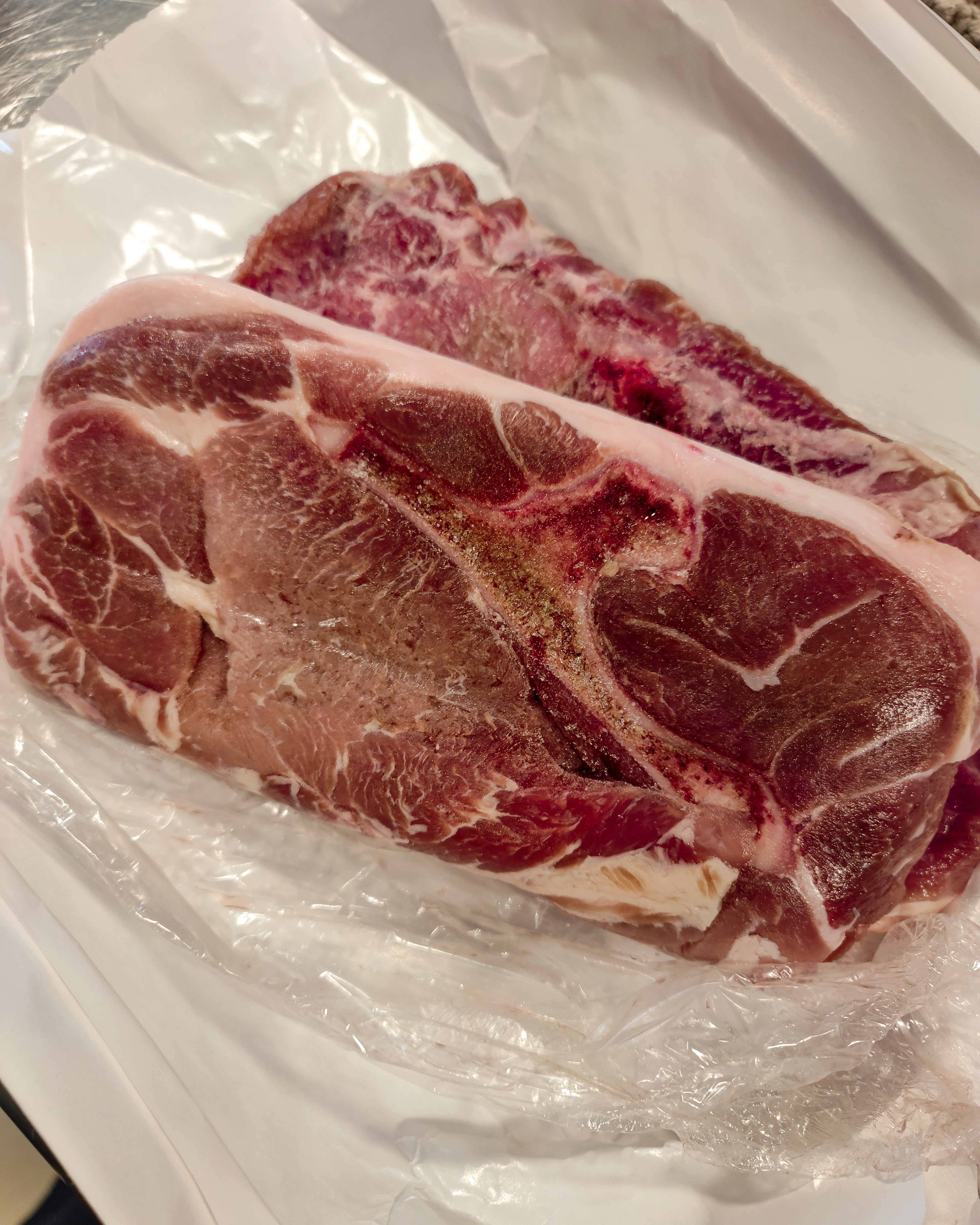
Why We Raise Our Meat:
Raising our meat on our homestead ensures that our food is Non-GMO and free from harmful additives. It also gives us control over our animals' diet and living conditions, resulting in healthier and more nutritious meat. We raise broilers, pork, and organic laying hens on our farm, which we use to feed ourselves and our established farm customers. Additionally, the guys in the family harvest deer from our land, providing us with a lean, natural source of protein, and we skip the beef.
How Much Meat Do We Need?
Matt and I meticulously plan for a family of eight, ensuring we have a sustainable supply of protein throughout the year from the homestead. Here's a detailed breakdown of our protein needs:
- Broilers: We raise about 100 broilers annually, providing us with approximately 500-600 pounds of chicken. A task that was rewarding to learn. Within the next year or so, we will be adding Turkeys.
- Pork: As part of our commitment to self-sufficiency, we raise 5-10 pigs annually, keeping a pig and a half for our family. The pigs yield about 120 pounds of pork for our consumption. The rest is sold to our customers, ensuring our self-sufficiency in protein production.
- Laying Hens: We keep around 60 laying hens, which gives us a steady supply of fresh eggs for our egg customers. We also have roosters and breed and hatch our replacement chicks. This process involves carefully selecting the best hens and roosters for breeding, ensuring the health and quality of our future flock.
- Deer: The guys hunt by bow on our 10 acres to harvest 3-4 deer yearly. Each deer provides about 50-60 pounds of venison. This practice helps us manage the deer population on our farm and provides us with a sustainable source of lean, organic meat.
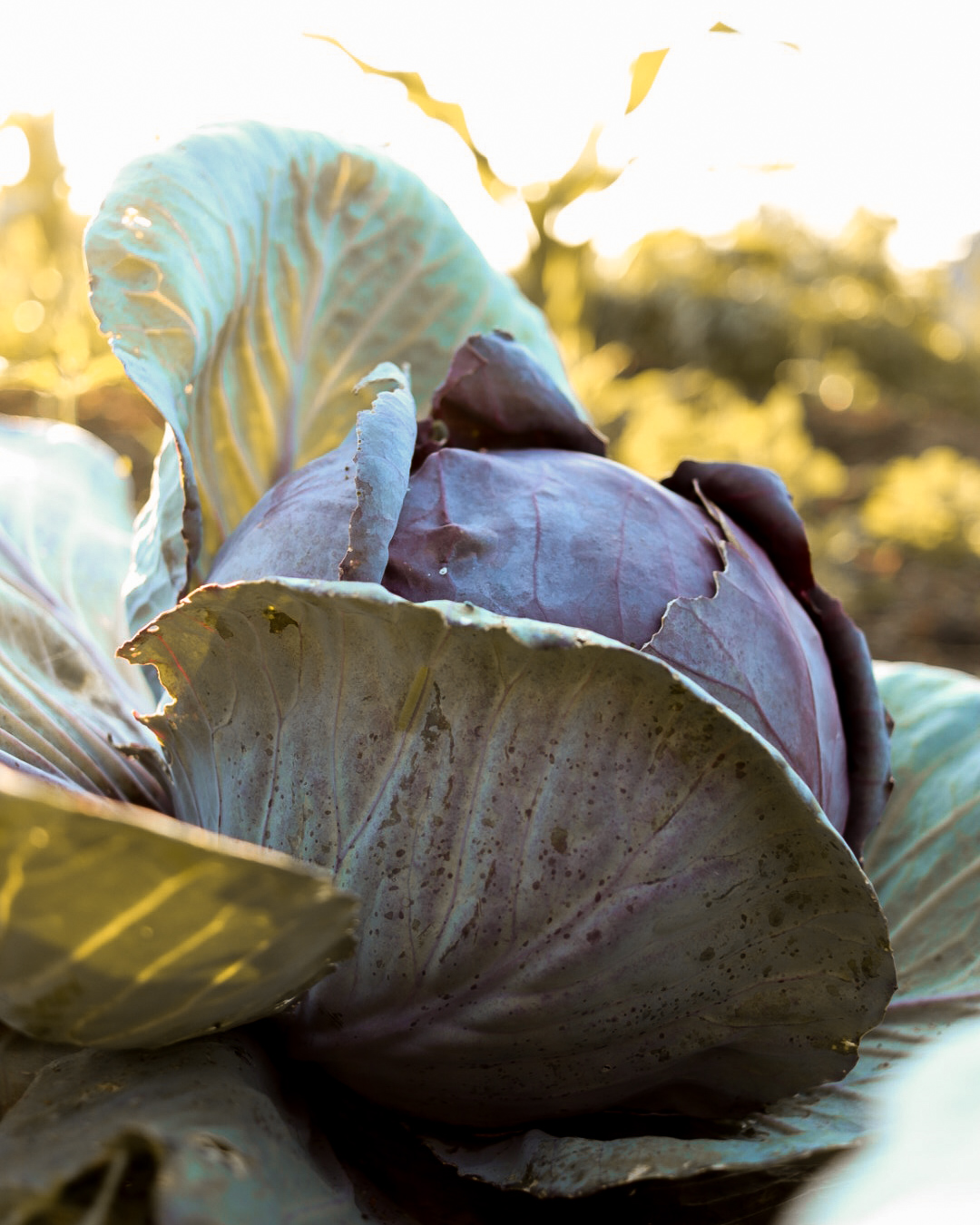
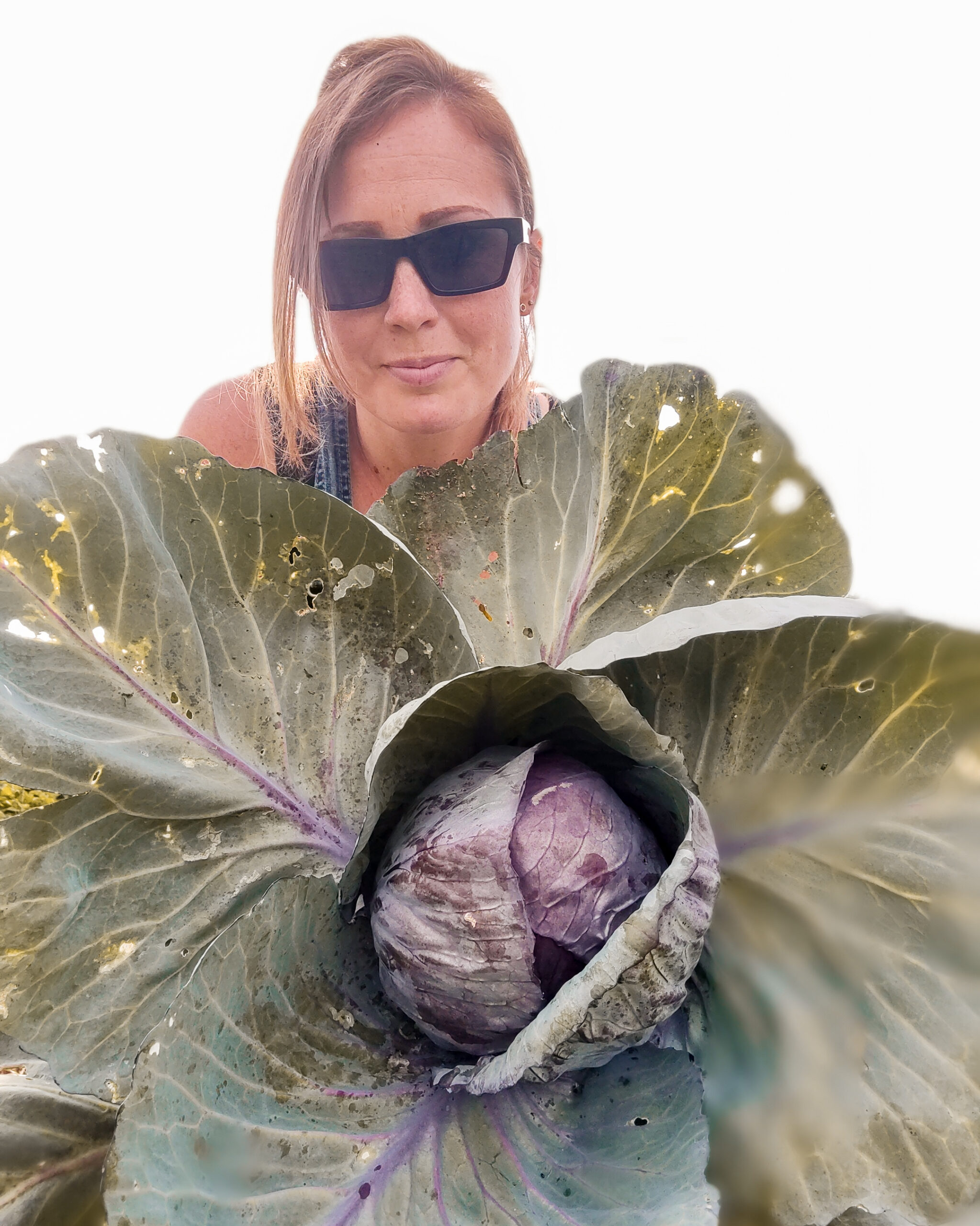
Growing a Year's Worth of Produce with a Sustainable Garden on the Homestead:
Our garden is the heart of our homestead, where we grow various vegetables that our family uses to sustain us throughout the year. Planning and planting a garden that meets the needs of a large family like ours requires careful calculation on my part. From laying out the garden's footprint to ensuring each plot has a suitable square foot space to hold each crop. I must also order the proper organic seeds for the following year.
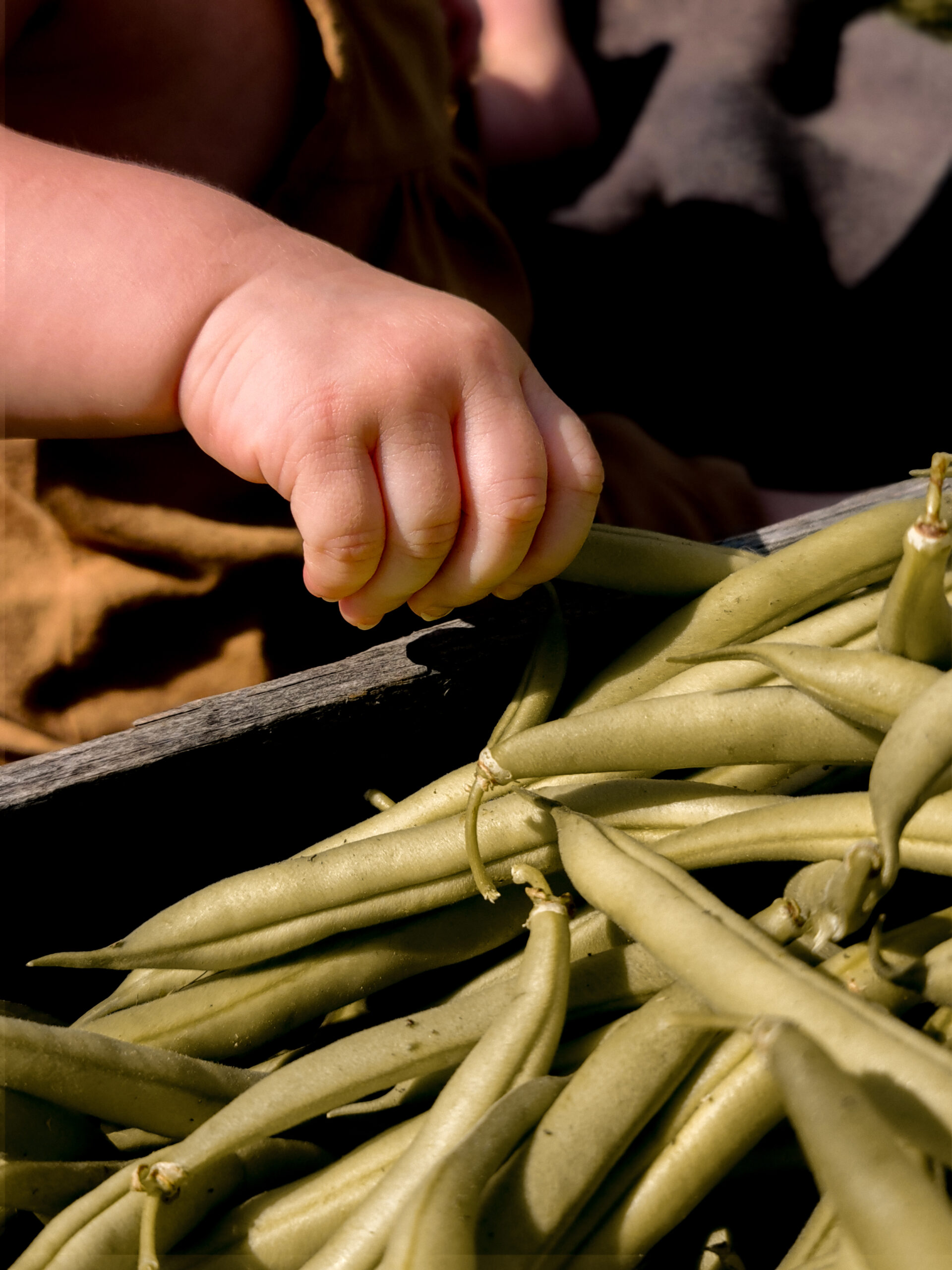
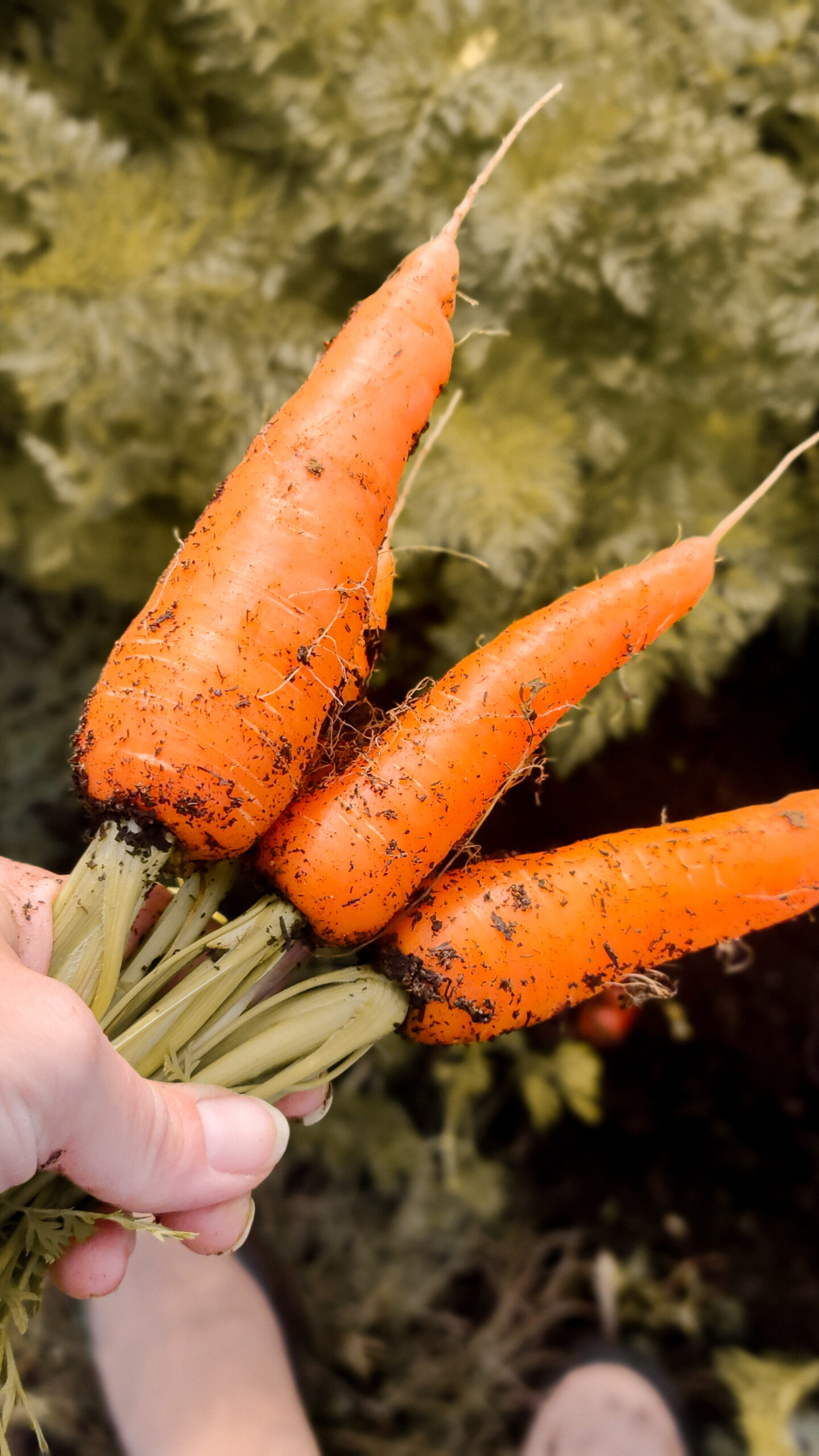
How to Calculate How Much Food to Grow on the Homestead:
To determine how much food we need to grow on the homestead, we list the vegetables we consume regularly and estimate our annual consumption. Here's a simplified approach:
- Identify Your Staple Crops: Consider the vegetables your family enjoys the most. These are our staple crops: strawberries, tomatoes, peas, potatoes, corn, broccoli, carrots, green beans, legumes, garlic, onions, pie pumpkins, and leafy greens. This way, you're growing food and cultivating family preferences.
- Estimate Annual Consumption: Calculate the quantity of each vegetable your family consumes yearly. If we eat tomatoes twice a week, that's about 100 tomatoes annually.
- Garden Space and Yield: Research each plant's required space and expected yield. For example, one tomato plant can produce 10-20 pounds of tomatoes.
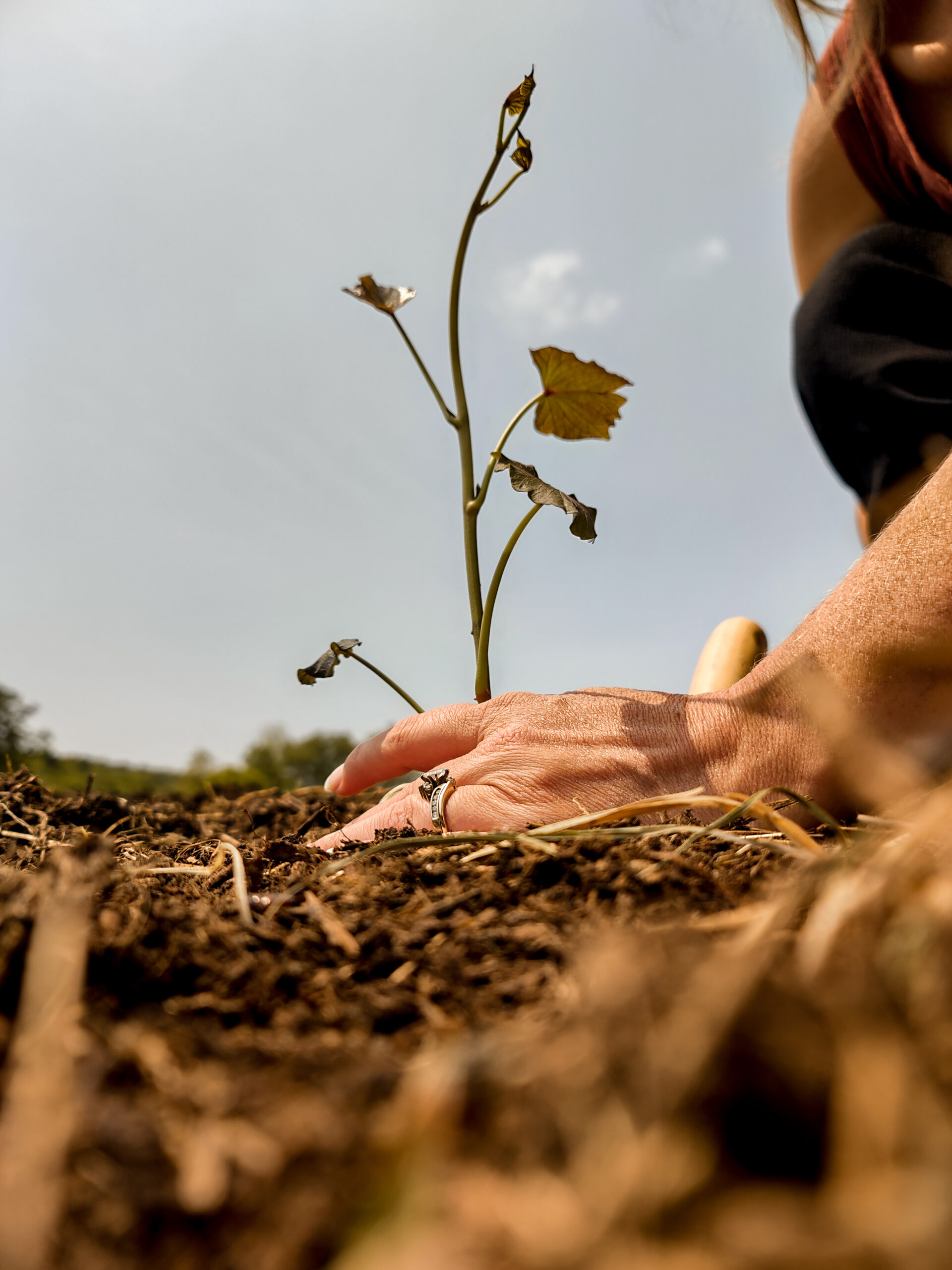
We plan our homestead garden layout using these estimates to ensure enough space to grow what we need. Here are some of our typical quantities:
- Strawberries: 25 plants + runners
- Corn: 500 plants
- Tomatoes: 50 plants
- Potatoes: 100 plants
- Carrots: 500 plants
- Beans: 100 plants
- Leafy Greens: Continuous planting throughout the season
- Peas: 300 plants
- Broccoli: 60 plants
- Garlic: 85-90 bulbs
- Onions: 150 plants
- Peppers: 60 plants
- Cucumbers: 20 plants
- Sweet Potatoes: 5 plants
- Pie Pumpkins: 25 plants
The Ways We Preserve Our Harvest:
We freeze and can our produce to preserve it throughout the year. Preserving reduces waste and ensures a steady supply of nutritious food, even in the off-season.
- Freezing: After blanching, vegetables like peas, beans, and corn are frozen to retain nutrients and flavor.
- Canning: We can tomatoes, pickles, jams, and sauces. It's an excellent way to store food long-term without refrigeration, giving us the confidence to preserve our favorite foods for a long time.

Homemade Staples from Bulk Ingredients:
In addition to growing and raising our food, I make all of our breads, condiments, and baked goods from scratch and homemade from bulk ingredients. Living back to basics allows us to avoid processed foods and save money. Here's why we prefer homemade staples:
- Cost-Effective: Buying ingredients in bulk reduces costs significantly.
- Healthier Options: Homemade foods are free from preservatives and artificial additives.
- Flavorful and Fresh: Freshly made bread, condiments, and baked goods have superior taste and quality.
Embracing a homesteading life on a farmstead is a commitment that demands hard work, but the sense of self-sufficiency it brings is truly rewarding. By raising our meat, growing a year's worth of produce, and making our pantry staples from bulk ingredients, we ensure that our family is well-fed and has access to healthy, delicious, and sustainable food year-round. This self-reliance is a source of great pride and satisfaction.

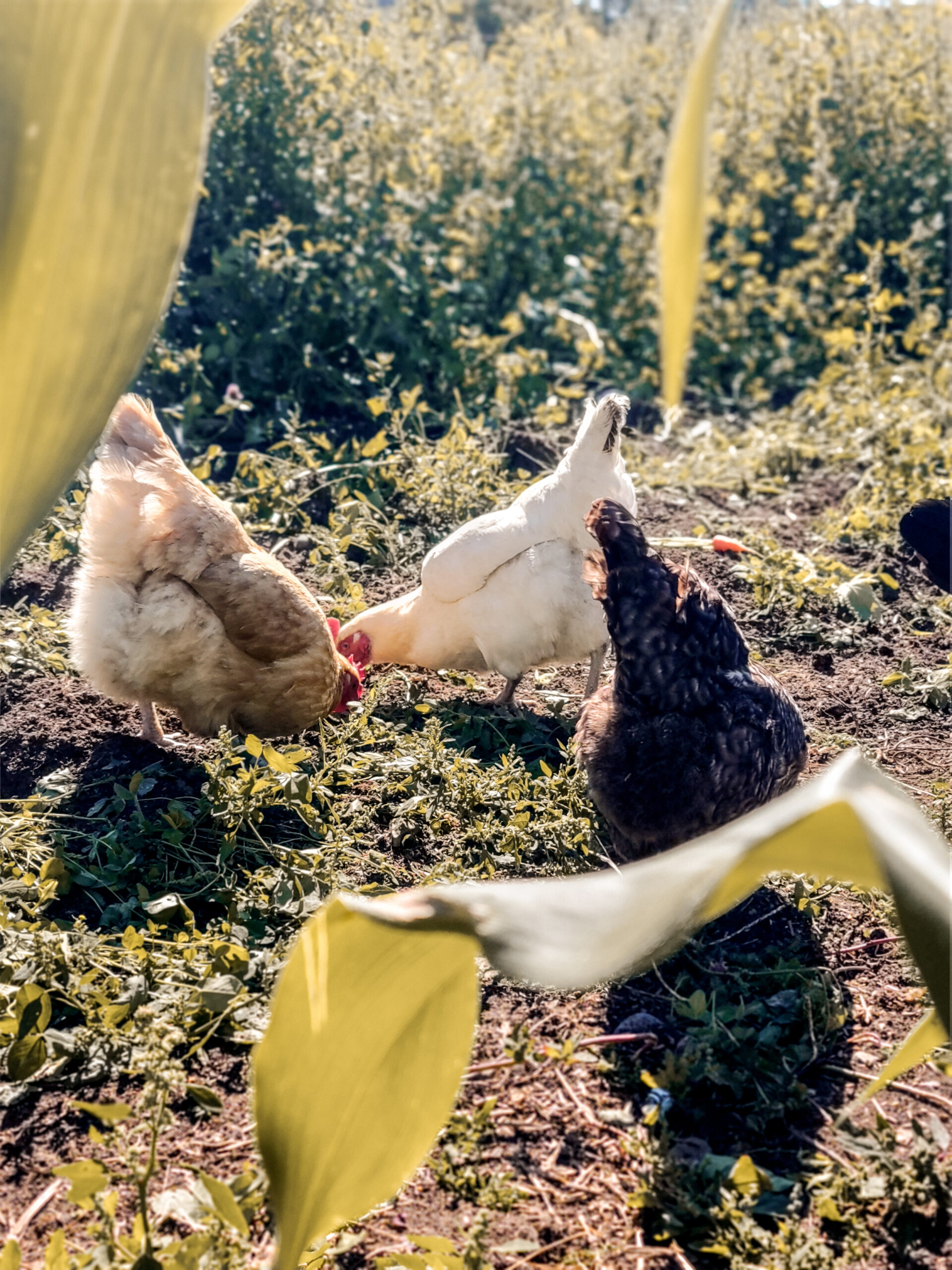

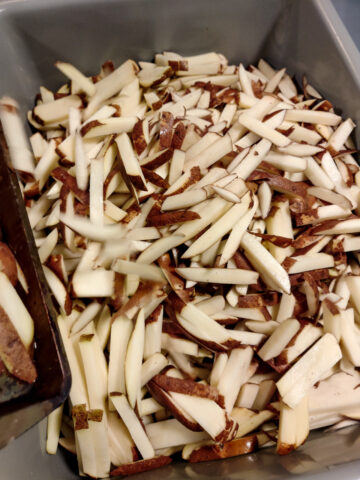
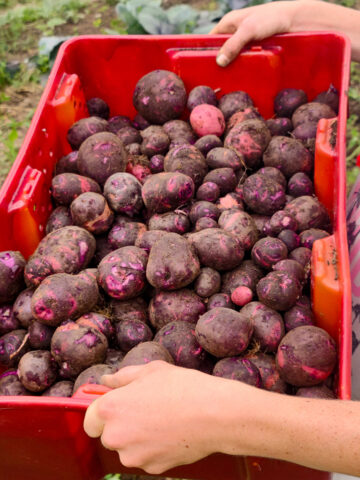
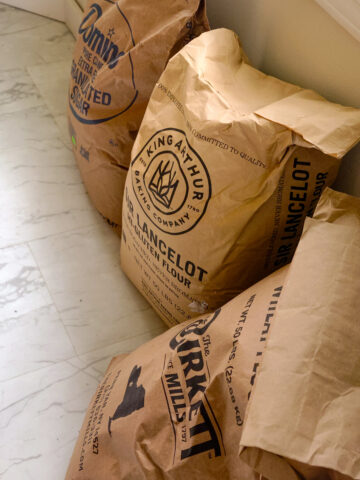
Malinda Bates says
Thank you for your helpful information. This is encouraging!
tinyfarmbigfamily says
I am so glad it was encouraging. It has been years of learning and I hope it helps a few families in their homestead journey.